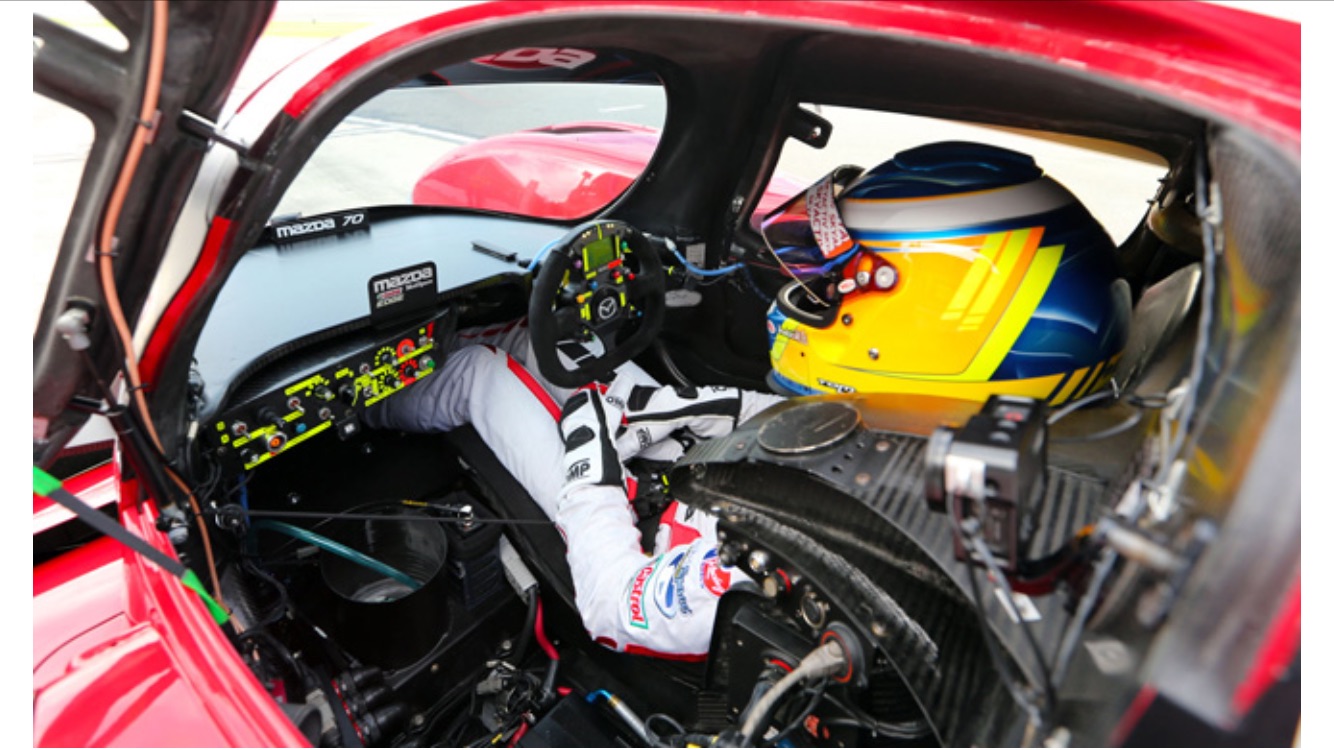How do you approach driving a car that’s new to you? I was at Virginia International Raceway for a tire test last week, where we evaluated various compounds and tire construction. It was a lot of fun to be able to run that many sets of new tires, back to back, then give detailed feedback to the engineers. There was a caveat to the day, though: I was driving a race car that was brand new to me!
When I arrived at VIR, I was introduced to the engineers and the rest of the tire staff, but I also met the race team so I could begin to get acquainted with the car. As a test driver, you have to adapt quickly to a new car. It was a really fun and productive day, and I was appreciative of everyone’s teamwork to make it such a success.
But back to the question, how do you approach driving a new car? Whether you’re a test driver, a racer or a track day driver, that’s a question we all have to answer. Here are a few tips to get you started.

Safety first! Before you start studying the other controls, know where the safety features are and how they operate.
Get familiar with your surroundings.
First off, you need to get familiar with the cockpit, including the controls—both where they are and what they do. First and foremost, you need to know the safety features inside the car, like where the fire extinguisher is and the best way to exit the car safely (door pulls, window nets, etc.). A lot of cars these days have an electronic dash, too, so you also need to know what readouts you have to look after, and you need to know what the various alarm lights mean. It’s important that you know how to monitor all of the car’s vitals. In addition, you should also familiarize yourself with detailed controls, like any balance tools (adjustable sway bars, brake bias, etc.) that you can utilize.
Focus on the little things.
Once you’re familiar with your surroundings inside the cockpit, it’s time to get onto the track to continue getting to know the car. One of the immediate things you should note are the car’s subtle little nuances, which will help you know how the car should act, feel and sound when everything is running properly. How does the car shift, what sounds and vibrations does it make, and what kind of steering or braking feedback do you get? These are things you’ll be paying more attention to on the opening laps, but you’ll also be aware of them on an ongoing basis.
Learn your performance window.
What’s the grip like? What’s the braking capability? How does the car react over the curbs? These and other aspects of performance behavior are important to learn. You’ll quickly want to establish your brake references for that car at that track, which gear you’ll be carrying through which corners, and how the car responds to the inputs you give it. With more track time, you will also start to learn how the car responds to adjustments in things like suspension, tire compound, brake bias and other changes.
The more you have the chance to learn a new car, the better you get at it. For me, at the beginning of the tire test, I felt dialed-in with the car within about two track runs, so I was able to start really focusing on the tires themselves rather than what the car was doing. Granted, you’re going to get more intimate with a car as the day progresses, but it’s important to establish a baseline early on in order to have a frame of reference for any other variables.
Ultimately, adapting quickly to and getting up to speed in a new car is an art! Professional drivers make it look easy, but this is a roadmap to help all drivers take a step-by-step approach to learning a new car, or even to get to know your car better.



